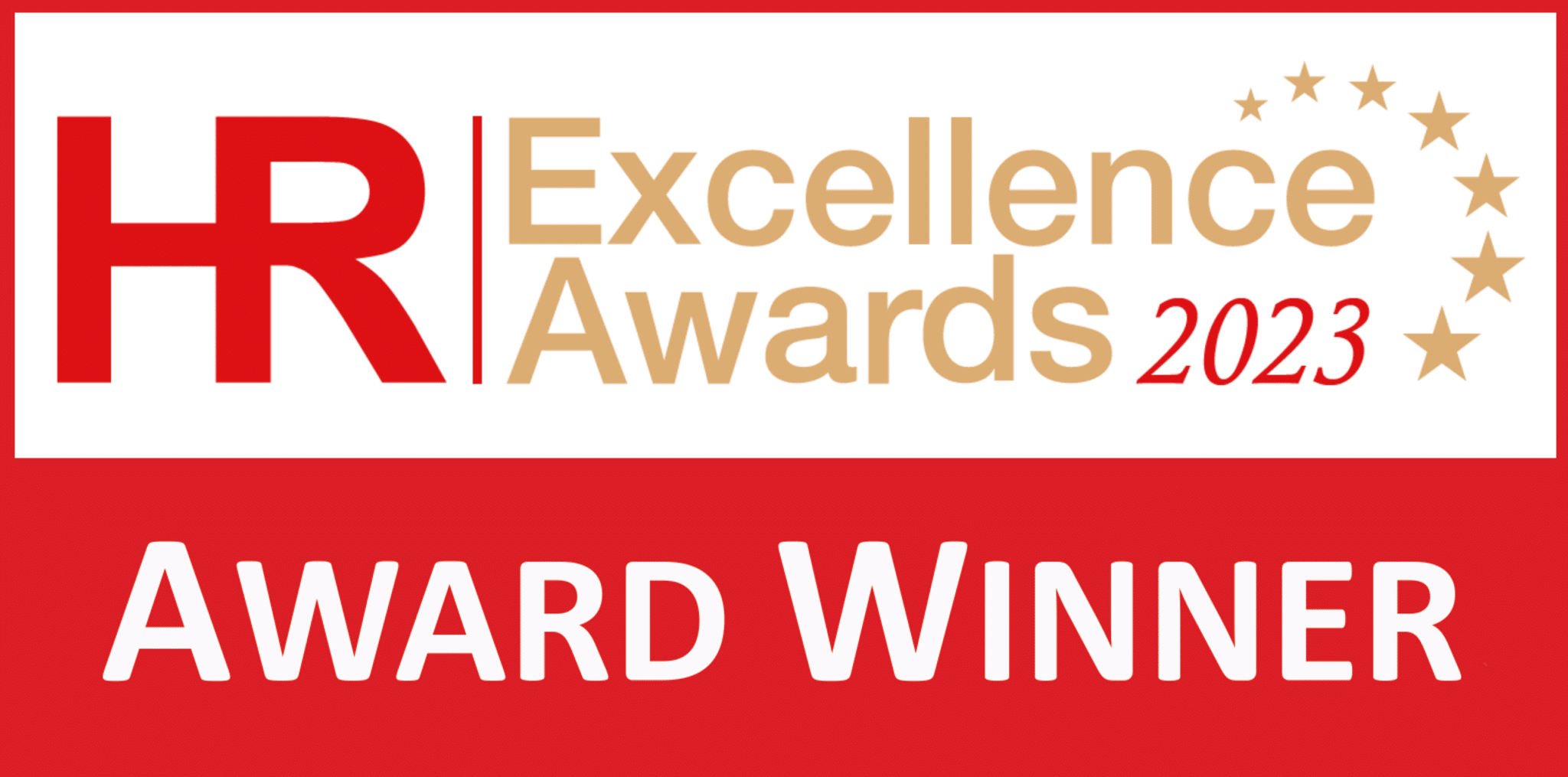Introduction
Artificial Intelligence (AI) has rapidly evolved in recent years, revolutionizing how businesses operate and interact with their clients. However, this digital transformation can also have consequences for employee well-being. Burnout, an increasingly prevalent phenomenon in the professional world, can be exacerbated by the adoption of AI if companies do not take adequate measures to prevent associated risks. In this article, we will explore the potential impact of AI on workplace burnout and propose solutions to foster a healthy and thriving work environment.
Automation and workload
AI enables the automation of many repetitive and time-consuming tasks, freeing up time for employees. However, if this automation is not accompanied by proper planning and management, it can lead to a redistribution of tasks that could increase the workload of remaining collaborators. The feeling of cognitive overload can then set in, increasing the risk of burnout.
Solution: Companies must anticipate changes related to automation and invest in employee training to acquire new skills. Proactive human resource management will also balance workload and prevent burnout.
AI and social interactions
With the introduction of chatbots, virtual assistants, and other forms of AI in customer service, some human interactions may be replaced. However, social support from colleagues and supervisors is crucial for maintaining emotional balance at work. A decrease in human interactions can lead to feelings of isolation and distress among employees.
Solution: Companies must ensure that AI does not completely replace social interactions, maintaining open channels of human communication and encouraging in-person collaboration moments.
Pressure for permanent availability
AI enables increased connectivity and continuous availability for customers and employees. However, this permanent availability can blur the boundaries between professional and private life, leaving little time for recovery and rejuvenation outside of work.
Solution: Companies must establish clear policies regarding working hours and expectations for availability. Encouraging employees to take regular breaks and disconnect after working hours can help prevent professional exhaustion.
AI and workplace equity
AI can play a role in HR decision-making, including recruitment and performance evaluation. However, if the algorithms used are not designed ethically, they could perpetuate unconscious biases and inequalities within the company, contributing to stress and discomfort among employees.
Solution: Companies must ensure that the algorithms used are fair and transparent. Regular data analysis and careful monitoring of AI outcomes can help identify and correct potential biases.
Conclusion
AI undeniably offers considerable opportunities for businesses, but it should not be adopted without consideration for the well-being of employees. Preventing burnout must be a priority, requiring a proactive approach from companies. By implementing strategies to balance workload, preserve social interactions, limit permanent availability, and promote workplace equity, companies can foster a healthy and productive environment for their collaborators. By placing humans at the center of digital transformation, businesses can reap the benefits of AI while ensuring the well-being of those who make this revolution possible: their employees. Burnout is not inevitable, and it is time to take concrete measures to eradicate it from our workplaces through responsible AI use, among other approaches.




